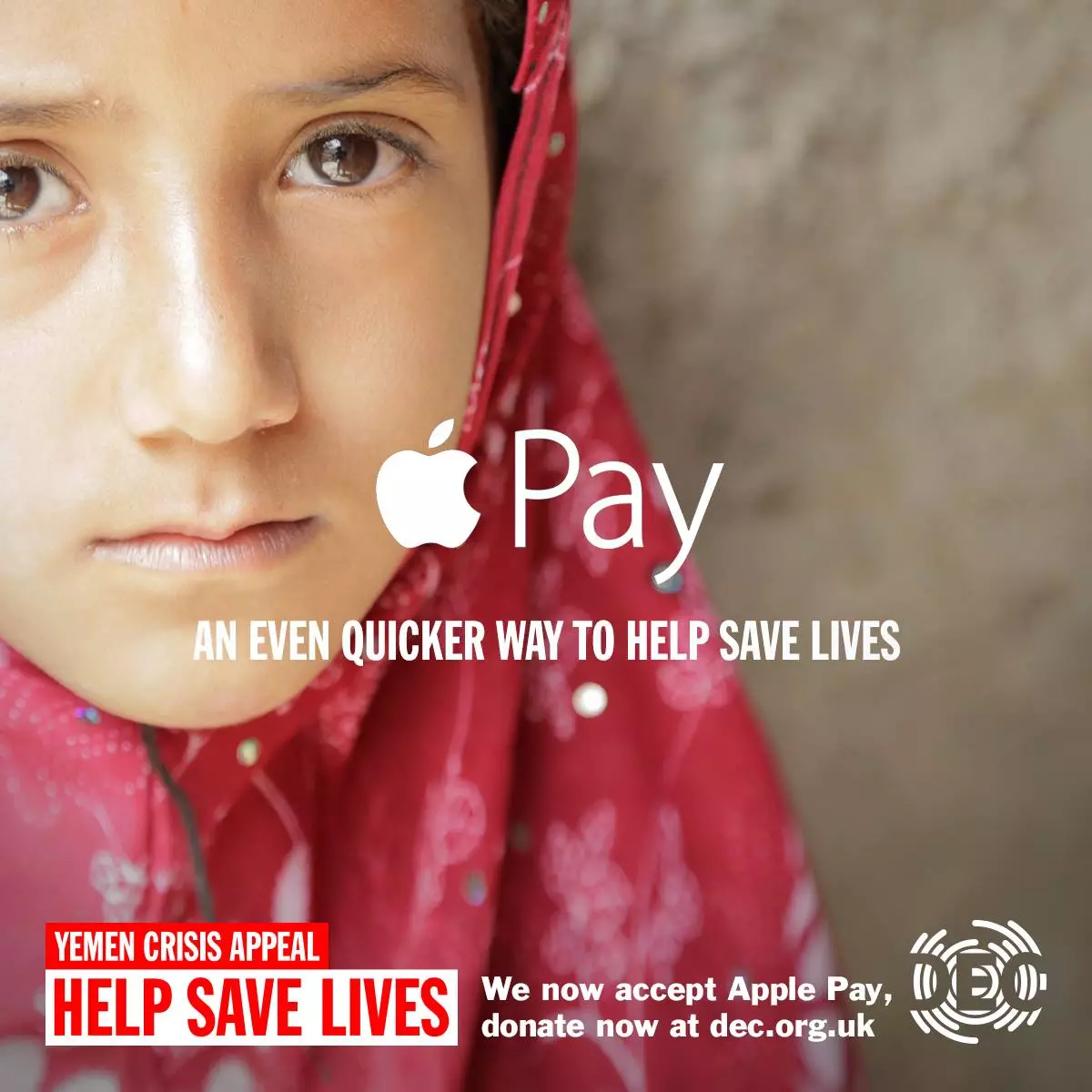Apple Pay for web – what does it mean for your charity?
Donate with Apple Pay for UK charities has finally landed and it’s great news for donors.
Paying for stuff on the web has been pretty awful for a long time now. This includes making a donation online. As well as payment details, the user has to provide their email address, title, name, home address, Gift Aid info, contact preferences etc. and that’s just the minimum! PayPal and browser autofill solutions can help ease the pain, but just being presented with a lengthy or multistep form will still put some potential donors off.
Welcome Apple Pay!
Apple Pay forces details to be collected in a user friendly way via their UI (User Interface) rules. This has led to charities having to think about the volume of info they collect and the order it is collected in.
The Apple Pay payment sheet can be configured to ask for the donor’s name, email, phone no. and billing address (note that none of these fields are required). When the user has completed this info once, it is persisted so they don’t need to enter it again next time they make an Apple Pay purchase.
Apple Pay is also very secure. No payment details are passed between Apple, the website or the payment provider. It’s all powered by tokens instead. In an age where users are becoming highly suspicious of online fraud, this is really important and gives Apple Pay an edge over traditional payment mechanisms.

DEC accepts donations by Apple Pay
Anyway, back to the user experience (UX). Having access to aspects of the donor’s personal details means charities can implement much more streamlined donation processes. In essence, once the user has decided how much to give, they can donate with a click and a thumb authorisation.
This is really powerful. Check out the recent case study from Barclaycard and NSPCC that has shown great results for contactless card trials. This isn’t surprising because it’s easy to wave a card over something to give and people will do stuff if you make it really easy and quick.
Finding the balance
Of course, charities are always going to need at least two fields that won’t be on the payment sheet – Gift Aid and contact preference(s). These have to be collected pre-payment or post. I understand the arguments for pre-payment. These fields are really important to charities revenue and ongoing supporter relationships. However, placing these fields prior to donation does negate the very speedy transaction possibilities that Apple Pay enables.
I would like to see more charities trial asking for this info post donation where possible. Perhaps the drop-offs in field completion will not be as bad as feared. Perhaps by using smart transactional emails, they can prompt the user to provide this info if they miss it post transaction. Perhaps contact preference opt ins will even rise if the charity can make a more engaging sell without fear of it getting in the way on a donation form. Lots of possibilities to try and test.
Advertisement
Regular giving
It’s becoming normal for users to pay for subscriptions using their card or PayPal. Now they can use Apple Pay too. Charities tend to still only offer Direct Debits as a way to give regularly. We know the reasons, Direct Debits do not have an expiry date and they are backed by a trusted guarantee. Direct Debits are not going anywhere soon. However, as other ways to pay for stuff gets easier, we’re going to reach a point where filling in an online DD form is going to be a real drag.
That’s bound to harm conversions. Perhaps it’s worth starting to consider Apple Pay or PayPal as payment methods for some regular giving programmes?
It’s an exciting time for online payments and Apple Pay is just the beginning. Not far behind is the new Payments Request API. This snazzy named effort from the W3C is bringing browser vendors together to help improve web payments. It’s already available in Chrome (for Android only) and an implementation on Edge is in beta. The interface will not be dissimilar to the apple Pay payment sheet although it will work very differently behind the scenes.
We’re getting closer to the day when long tiresome web forms for payments are a thing of the past.
Louise Ryan is Head of Product Development at Addition, the digital product studio that is part of direct fundraising agency WPN Chameleon
Addition provides online donation platforms and optimisation consultancy for leading charities such as MSF, NSPCC, Alzheimer’s Society and Royal British Legion.



